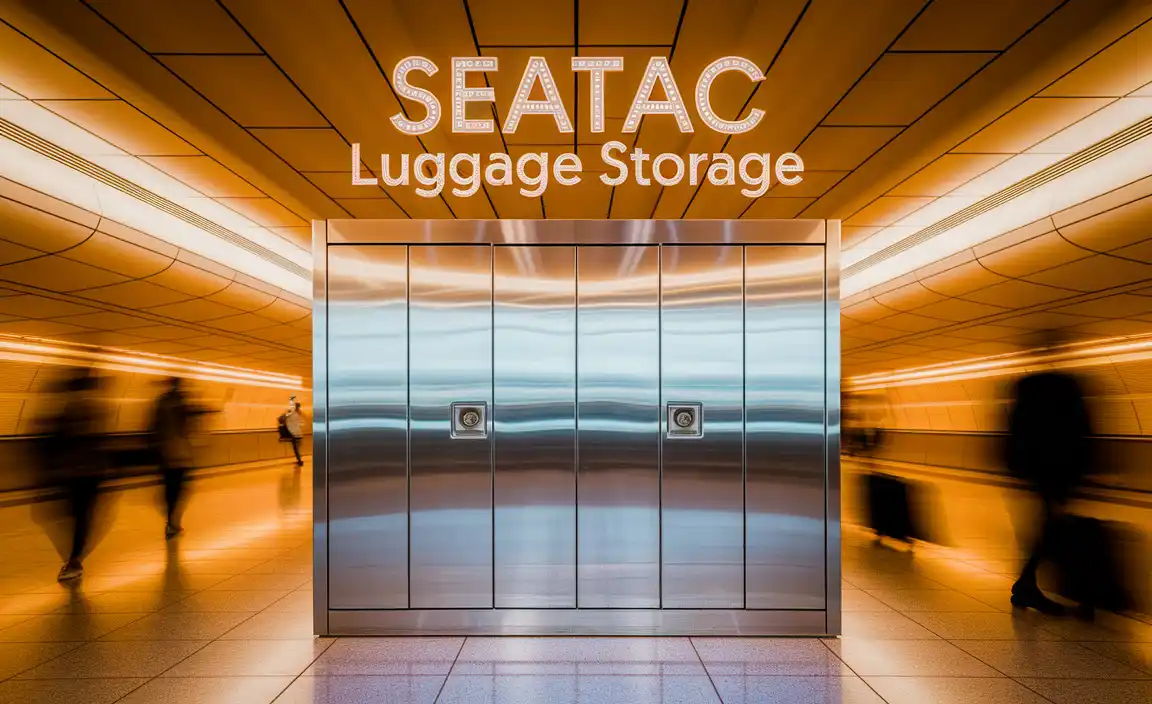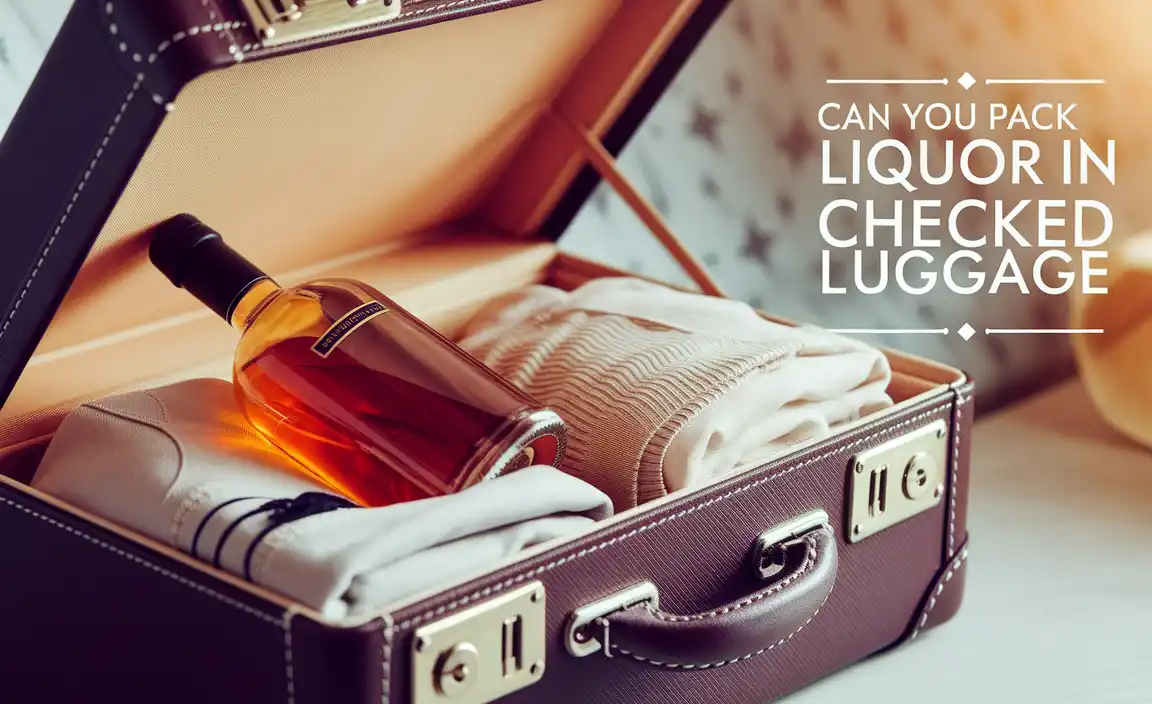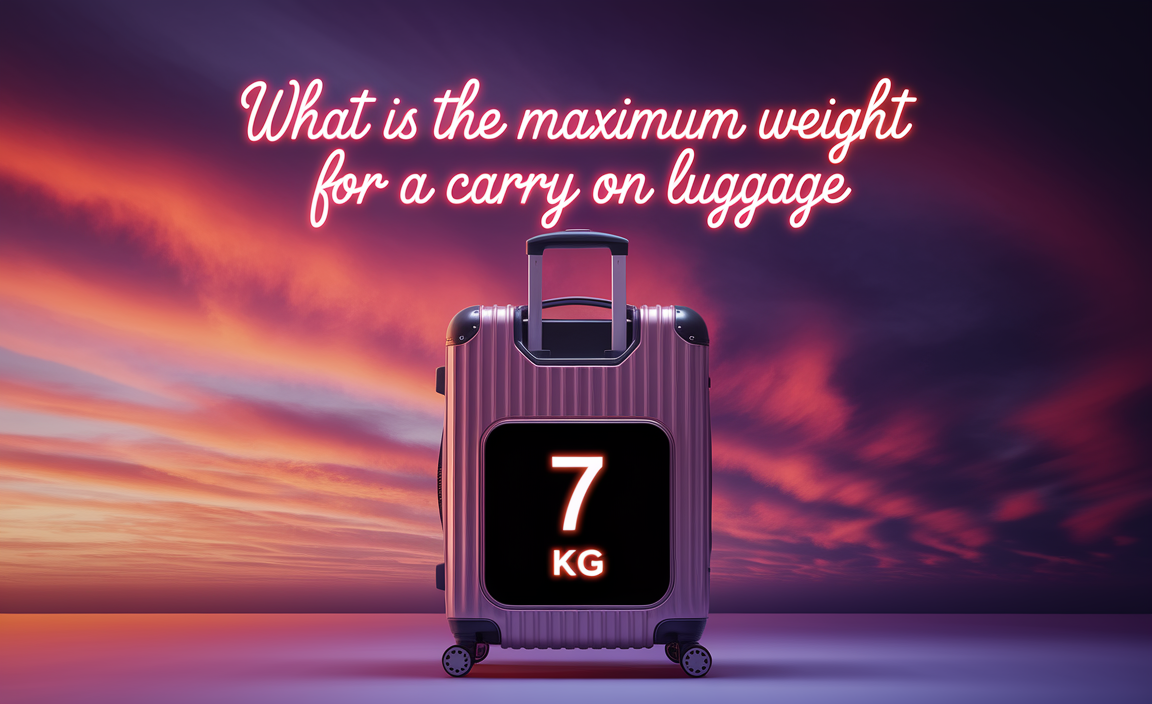Bhutan Carry-On Only Packing List: Essential Items for a Seamless Trip
Embrace the magic of Bhutan with a carry-on! This guide provides an essential packing list for your adventure, ensuring you have everything you need without the hassle of checked luggage. Discover smart, space-saving solutions for comfortable and stress-free travel to the Land of the Thunder Dragon.
Bhutan is a truly special destination, known for its stunning landscapes and vibrant culture. Planning a trip might seem a bit daunting, especially when it comes to packing. Many travelers wonder if it’s possible to visit Bhutan using only a carry-on bag. The good news is, absolutely! With a little smart planning and the right essentials, you can pack light and still be well-prepared for all your Bhutanese adventures. This guide is here to make it simple and take the stress out of your packing process. We’ll walk you through exactly what you need, so you can focus on the excitement of your upcoming journey.
By the end of this article, you’ll have a complete, actionable packing list that will help you navigate your Bhutanese experience with ease and confidence, all while keeping your luggage conveniently with you.
Why Pack Carry-On Only for Bhutan?
Traveling with just a carry-on bag offers a host of benefits, especially when visiting a unique destination like Bhutan. It means faster airport processes, less risk of lost luggage, and greater mobility as you explore monasteries, hike trails, and move between beautiful locations. Bhutan’s infrastructure is developing, and navigating with lighter luggage can significantly enhance your experience.
Imagine breezing through the airport, your essentials always within reach. No waiting at baggage claim, no worrying about an oversized suitcase on narrow mountain roads. This approach not only simplifies your travel logistics but also encourages a more minimalist and mindful approach to your journey, allowing you to focus on the breathtaking beauty and profound culture of Bhutan.
Understanding Bhutan’s Weather and Seasons
Bhutan experiences a diverse climate due to its varied altitudes. Generally, it has four distinct seasons:
- Spring (March – May): Mild and pleasant, with blooming flowers. Temperatures are comfortable, ranging from 15°C to 25°C (59°F to 77°F). This is a popular time for visitors.
- Summer (June – August): Monsoon season brings rain, particularly in the southern regions. Temperatures are warmer, around 20°C to 30°C (68°F to 86°F). The rain can make trekking routes muddy.
- Autumn (September – November): Considered the best season to visit. Clear skies and moderate temperatures, often between 10°C to 20°C (50°F to 68°F). Ideal for sightseeing and festivals.
- Winter (December – February): Cold, especially at higher elevations, with snow in the northern mountains. Temperatures can drop below freezing, ranging from 0°C to 15°C (32°F to 59°F).
Packing for Bhutan necessitates layers to accommodate these temperature fluctuations. Evenings can be cool year-round, and higher altitudes will always be colder.
The Essential Bhutan Carry-On Only Packing List
Here’s a breakdown of what to pack for your Bhutan adventure, focusing on versatility and comfort.
Clothing: Layers Are Key
Think adaptable pieces that can be mixed and matched. Comfort and ability to layer for changing temperatures are paramount.
- Tops:
- 3-4 Moisture-wicking T-shirts or short-sleeved tops
- 2 Long-sleeved shirts (thermals or breathable fabrics for sun protection and warmth)
- 1 Fleece jacket or warm sweater
- 1 Lightweight, waterproof, and windproof jacket (essential for rain and wind)
- Bottoms:
- 2 Pairs of comfortable, durable trousers or hiking pants (quick-drying is a bonus)
- 1 Pair of comfortable leggings or thermal bottoms (for colder days or sleeping)
- 1 Pair of comfortable shorts or capris (optional, for warmer days or around hotels)
- Outerwear:
- 1 Packable down vest or puffer jacket (can be layered under your waterproof shell for extra warmth)
- Underwear:
- 7-10 Pairs of comfortable underwear (consider moisture-wicking options)
- 2-3 Pairs of warm socks (wool or synthetic blends are best for trekking)
- 1-2 Pairs of regular socks
- Sleepwear:
- 1 Comfortable set of pajamas or loungewear (can double as an emergency layer)
- Specialty Items:
- 1 Scarf or pashmina (versatile for warmth, modesty, and sun protection)
- 1 Hat or beanie (for warmth and sun protection)
- 1 Pair of lightweight gloves
Footwear: Comfort and Support
You’ll be doing a lot of walking, often on uneven terrain. Prioritize comfort and good support.
- 1 Pair of Comfortable Walking Shoes or Trail Runners: Broken-in and suitable for daily exploration and light hiking.
- 1 Pair of Lightweight, Packable Sandals or Flip-flops: For relaxing at your hotel or short walks.
- Optional: 1 Pair of Waterproof Hiking Boots: If you plan on extensive trekking, pre-broken-in waterproof boots are essential. However, for most travelers focusing on cultural sites and moderate walks, good trail runners suffice.
Toiletries and Personal Care Essentials
Keep it minimal and travel-sized to save space. Many hotels in Bhutan provide basic amenities.
- Travel-sized shampoo, conditioner, and body wash
- Toothbrush and toothpaste
- Deodorant
- Sunscreen (high SPF, as the sun can be strong at altitude)
- Lip balm with SPF
- Basic first-aid kit: Band-aids, antiseptic wipes, pain relievers (ibuprofen/paracetamol), any personal prescription medications, motion sickness medication if needed.
- Hand sanitizer
- Insect repellent (especially if traveling during warmer months or in lower altitudes)
- Any personal medications in their original packaging. It’s a good idea to carry a doctor’s note for prescription drugs.
- For Parents Traveling with Little Ones: Consider travel-sized baby wipes, a small amount of baby wash, and perhaps a few comfort items. If you require child diapers, opting for a few overnight pull-ups or compact daytime diapers can be more manageable than a full pack. Look for brands known for absorbency and discretion. For longer journeys or specific needs, discreet external urinary collection devices might be considered if practical for your child’s situation; otherwise, ample changes of clothes are key. Always ensure you have enough for the journey and the first day or two.
Documents and Money: Secure and Accessible
These are non-negotiable and must be kept safe.
- Passport with at least 6 months validity
- Bhutan Visa clearance letter (you’ll need this to board your flight)
- Flight tickets/confirmations
- Travel insurance details
- Copies of all important documents (stored separately from originals, and/or digitally)
- Credit/Debit cards (inform your bank of your travel dates)
- Some USD or local Bhutanese Ngultrum (currency) for small purchases
- Vaccination records (if applicable/required by current regulations)
Electronics and Gadgets: Essential Tech
Keep it to what you truly need.
- Mobile phone and charger
- Universal travel adapter with USB ports
- Portable power bank (a lifesaver for long travel days or remote areas)
- Camera and extra battery/memory card (optional, if your phone camera suffices)
- E-reader or book (optional)
Health and Wellness: Staying Comfortable
Focus on comfort and well-being.
- Reusable water bottle
- Any personal medications (as listed under toiletries)
- Basic first-aid kit (as listed under toiletries)
- Hand sanitizer
- Face masks (still recommended in certain environments or if you feel unwell)
- Travel pillow (optional, for comfort on flights/journeys)
Miscellaneous Helpful Items
Small items that make a big difference.
- Small backpack or daypack for daily excursions
- Sunglasses
- Small umbrella or poncho
- Ziploc bags (for organizing or waterproofing items)
- Small notebook and pen
- Snacks for travel days (energy bars, nuts, dried fruit)
- A book or downloaded podcasts/music for downtime
- A travel-sized sewing kit (for quick repairs)
- A headlamp or small flashlight (useful for early morning drives or power outages)
What to Wear on the Flight to Bhutan
Since you’re packing carry-on only, what you wear on the plane is part of your “wardrobe allowance.” Choose comfortable layers that can be adjusted.
- Comfortable trousers or leggings
- A t-shirt or long-sleeved top
- A cozy sweater or fleece jacket
- Comfortable walking shoes (wear your bulkiest pair)
- Compression socks (optional, but recommended for long flights)
This strategy allows you to keep essential clothing items with you and ensures you’re comfortable during your travel time.
Packing Tips for Bhutan Carry-On Only
Maximizing your carry-on space requires intelligent packing strategies.
Roll Your Clothes
Instead of folding, rolling your clothes can save space and minimize wrinkles. This works especially well for t-shirts, pants, and lighter items.
Use Packing Cubes
Packing cubes compress your clothing and keep your bag organized. You can dedicate cubes for different categories, like tops, bottoms, or underwear. This makes it easy to find what you need without unpacking everything.
Wear Your Bulkiest Items
On travel days, wear your heaviest shoes and your warmest jacket. This frees up significant space and weight in your carry-on bag.
Choose Versatile Items
Select clothing that can serve multiple purposes or be layered effectively. A scarf can be a fashion accessory, a head covering for temples, or an extra layer of warmth. A quick-drying t-shirt can be used for hiking or as a base layer.
Travel-Sized Toiletries
As mentioned, opt for travel-sized versions of all your toiletries. If you plan to stay in hotels, they often provide basic amenities like shampoo and soap, so you can leave these at home unless you have specific preferences or medical needs.
Consider Multifunctional Items
A sarong can be used as a beach cover-up (though less relevant for Bhutan), a blanket on a chilly evening, or even a makeshift towel. A smartwatch can track your steps, tell time, and sometimes even act as a compass.
Special Considerations for Different Travelers
Bhutan is a destination for everyone, and packing might vary slightly based on your travel style.
Traveling with Adult or Child Diapers
For travelers who require adult diapers or are managing travel with child diapers, the key is preparation and discretion. Plan for significantly more than you think you might need for the first few days, as availability in Bhutan might be limited or costly.
- Portability: Look for discreet, highly absorbent, and preferably slim-fitting adult diapers that don’t add excessive bulk. For children, prioritize secure fit and absorbency to prevent leaks, which can be a concern during activities.
- Compact Options: Consider brands that offer samples or travel packs. If using child diapers, purchasing a few extra-absorbent overnight types for long journeys can reduce the number of items needed. Adult pull-ups are often more discreet and easier to manage than tabbed briefs for many situations.
- Disposal: While Bhutan is known for its environmental consciousness, discreet disposal of used diapers is crucial. Always use designated bins or carry a small bag for discreet transport until a suitable disposal point is found.
- Comfort and Skin Health: Ensure you pack barrier creams or anti-chafing products, especially if traveling in humid conditions or during warmer months. This is crucial for both adults and children to prevent irritation.
- Emergency Supply: Keep a small “emergency” supply in your daypack, separate from your main luggage, in case of unexpected delays or access issues.
- Hydration: While it might seem counterintuitive, ensuring adequate hydration is important for everyone, including those using incontinence products. It helps maintain overall health and can influence product effectiveness.
For Trekkers and Outdoor Enthusiasts
If your Bhutan trip involves significant trekking, you’ll need to adjust slightly:
- Hiking Boots: Wear your sturdy, waterproof hiking boots on the plane.
- Technical Layers: Include a good quality base layer (merino wool is excellent for warmth and odor control), a mid-layer (fleece or synthetic insulation), and a reliable waterproof/windproof outer shell.
- Trekking Poles: While some may carry these, they can be rented or purchased in Thimphu or Paro. Check airline regulations if you intend to carry them on. Many prefer to have them shipped to their hotel.
- Water purification: A water filter or purification tablets can be useful if you won’t have constant access to bottled or boiled water on trails.
For Cultural Explorers
If your focus is more on monasteries, festivals, and towns:
- Modest Clothing: Pack a few more modest options, like longer skirts or dresses, and long-sleeved tops, as you’ll be entering religious sites. A shawl or scarf is useful for covering shoulders.
- Comfortable Shoes: Prioritize comfortable shoes suitable for walking on uneven surfaces and climbing stairs.
What Not to Pack for Bhutan
To keep your carry-on light, avoid these items:
- Excessive formal wear (unless attending a very specific event)
- Bulky toiletries or full-sized bottles
- Too many “just in case” items
- Valuables you can easily replace or do not need
- Opened food items or liquids over 100ml in your carry-on
Bhutan Carry-On Packing List Summary
This table provides a quick overview of essential categories for your carry-on.
| Category | Essential Items | Carry-On Considerations |
|---|---|---|
| Clothing | Layers: T-shirts, long-sleeved tops, fleece, waterproof jacket, trousers, leggings, socks, underwear. | Versatile, quick-drying, and layerable items. Roll clothes and use packing cubes. |
| Footwear | Comfortable walking shoes/trail runners, sandals/flip-flops. | Wear your heaviest shoes on the plane. Ensure they are well-broken-in. |
| Toiletries | Travel-sized essentials: shampoo, soap, toothbrush, toothpaste, sunscreen, lip balm, basic first-aid. | Adhere to liquid restrictions for carry-on.
|





